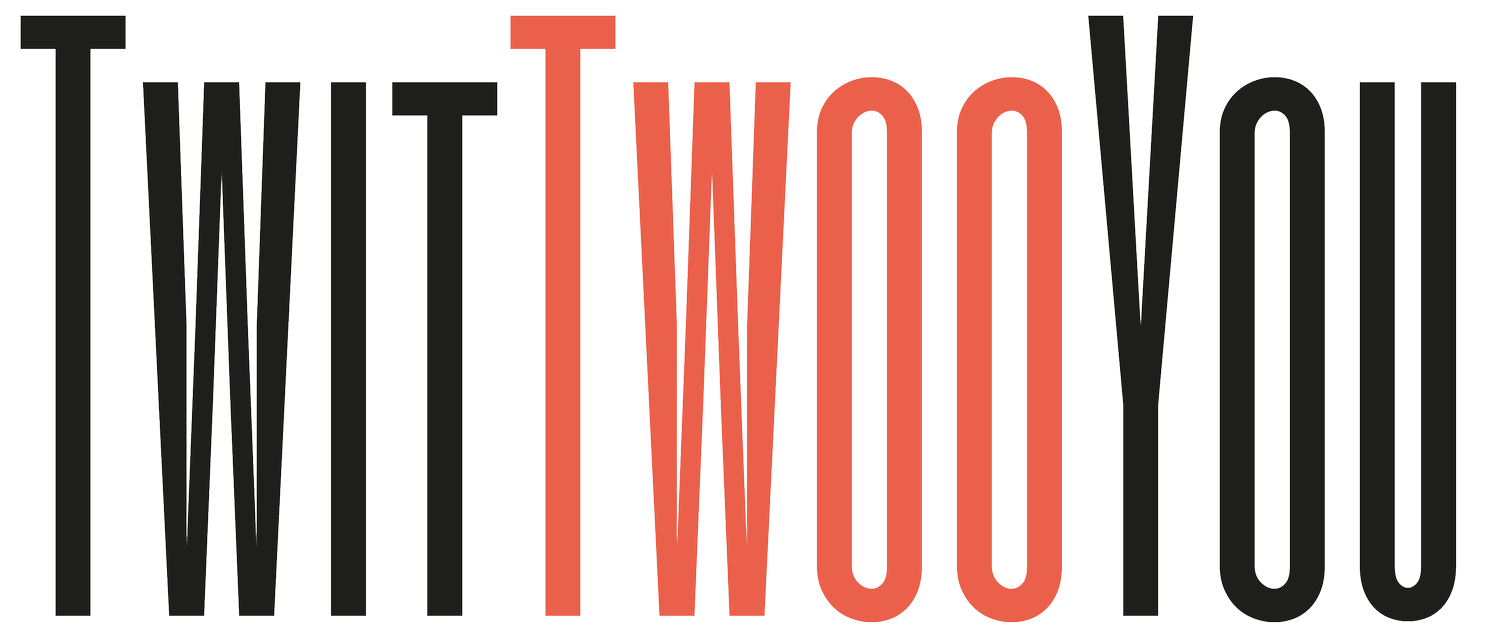Here’s why emotions trump any pain point when composing LinkedIn posts
Whatever your industry or role, you’ll want to find innovative ways to raise your brand profile.
Why? Because it can help get you noticed, generate leads, and play a part in driving your business to success.
One such way you can achieve this is by posting consistent content on LinkedIn.
Everyone tells you how important it is to consider your target audience when composing posts. Too often, we start with our typical client pain points. But have you ever stopped to consider the emotions behind their challenges?
Image credit: pexels.com
I know I’m guilty of posting about pain points, obstacles and issues, and it’s time I switched it up.
You see, it’s not just about the practical steps we need to take – it’s about understanding the feelings behind them that drive us and our audience.
In analysing my typical target audience (those who work in professional services), I’ve realised that three key emotions often spring up in my audience: fear, anxiety, and judgment.
As I dive into these feelings, you might get to the end of this article and think, yeesh Jo, that was a bit of doom and gloom. But, it’s essential to call out the real emotions in your clients. What do they fear and feel? What is stopping them from taking action? Only then can you truly understand your clients and support them fully.
Facing fear, anxiety, and judgement
Putting ourselves in the shoes of our target client, we can really begin to understand their fears and motivations.
As a content strategist keen to support clients by providing engaging content ideas and strategy, I understand their struggles in composing their own content. They are often fearful of posting. Will my content be judged? What will people think of me if I post this? Am I doing enough? What if my posts aren’t up to scratch, or I’m not seen as being as proactive as my peers?
This can lead to a rollercoaster of emotions, from the anxiety of not knowing if we’re doing the ‘right’ things to the fear of being judged by our peers or colleagues.
Image Credit: pexels.com
Navigating frustration, comparison, and anxiety
But what are we doing all this for anyway? Why are we continually busting a gut to be seen on LinkedIn?
Well, the main reason is to get more business. Leads and enquiries are essential, but how do we make that happen? Feeling like we’re not being seen or heard in a crowded market can be incredibly frustrating. This can lead to a spiral of comparison, anxiety, and even fear for our future performance.
We might look at our competitors and wonder why they are getting more attention. Why do they appear to be getting more clients than we are? This can fuel frustration and self-doubt, making it even harder to take the necessary steps to grow your businesses.
Image credit: pexels.com
Overcoming confusion and uncertainty
So, when raising our brand profile, where do we even start? How do we build a following and create content that resonates with our target audience?
This can be a source of confusion and uncertainty, leaving us overwhelmed and wondering where to focus our efforts.
It’s easy to get caught up in the practical aspects of these challenges, but by ignoring the emotional component, we’re missing a crucial piece of the puzzle. After all, our audience is made up of real people with their own fears, anxieties, and desires – and if we want to connect with them genuinely, we need to understand and address those emotions.
Reframing the conversation
By reframing our approach to focus more on the emotions generated by the problem rather than the problem itself, we can create content and messaging that truly resonates with our audience.
Instead of just listing the steps we need to take to raise our brand profile, we can explore the feelings behind those challenges—the fear of being judged, the anxiety of not doing enough, and the frustration of feeling invisible in a crowded market.
For instance, instead of saying, ‘Here are 5 steps to improve your LinkedIn profile’, we could say, ‘Are you feeling invisible on LinkedIn? We understand the frustration. Here are 5 steps to help you stand out.’ By acknowledging and validating those emotions, we can build a deeper connection with our audience and position ourselves as a trusted, empathetic partner in their journey.
Image credit: www.visier.com
It’s time to embrace the emotional journey
Of course, this isn’t to say we should ignore the practical aspects of growing our businesses. The tactical steps are still essential, but we can create a more holistic and impactful approach by weaving in the emotional component.
By understanding the desires, fears, and pain points that keep our audience up at night, we can craft content and messaging that speaks directly to their hearts and minds. We can position ourselves as a source of support and guidance, helping them navigate the emotional rollercoaster of entrepreneurship and small business ownership.
And in doing so, we can raise our brand profile and build lasting, meaningful connections with the people who matter most – our customers.
So, with all of this in mind, what will you start to do differently on LinkedIn? Will you stick to practical steps, guidance and advice? Or will you start considering the emotions behind the issues and tackle those?
By addressing the emotional component, you empower yourself to connect more deeply with your audience and take control of your brand’s narrative.
Like what you’ve read?
Jo Buchanan, the author of this blog, is the Founder and Director of TwitTwooYou Limited, a business growth strategic consultancy centred on getting brands noticed. TwitTwooYou offers smart services to help businesses grow and achieve their aspirations and goals. Want to get your brand noticed? Get in touch for a free, no-obligation chat.





